
where dreams come true
A little slice of paradise.
Est. 2006
Welcome to the Benda Ranch! We’re glad you’re here. Plan your visit with our handy Map and be sure to keep the Animal Guide (below) with you during your visit!
The Benda Ranch Animal Kingdom
-
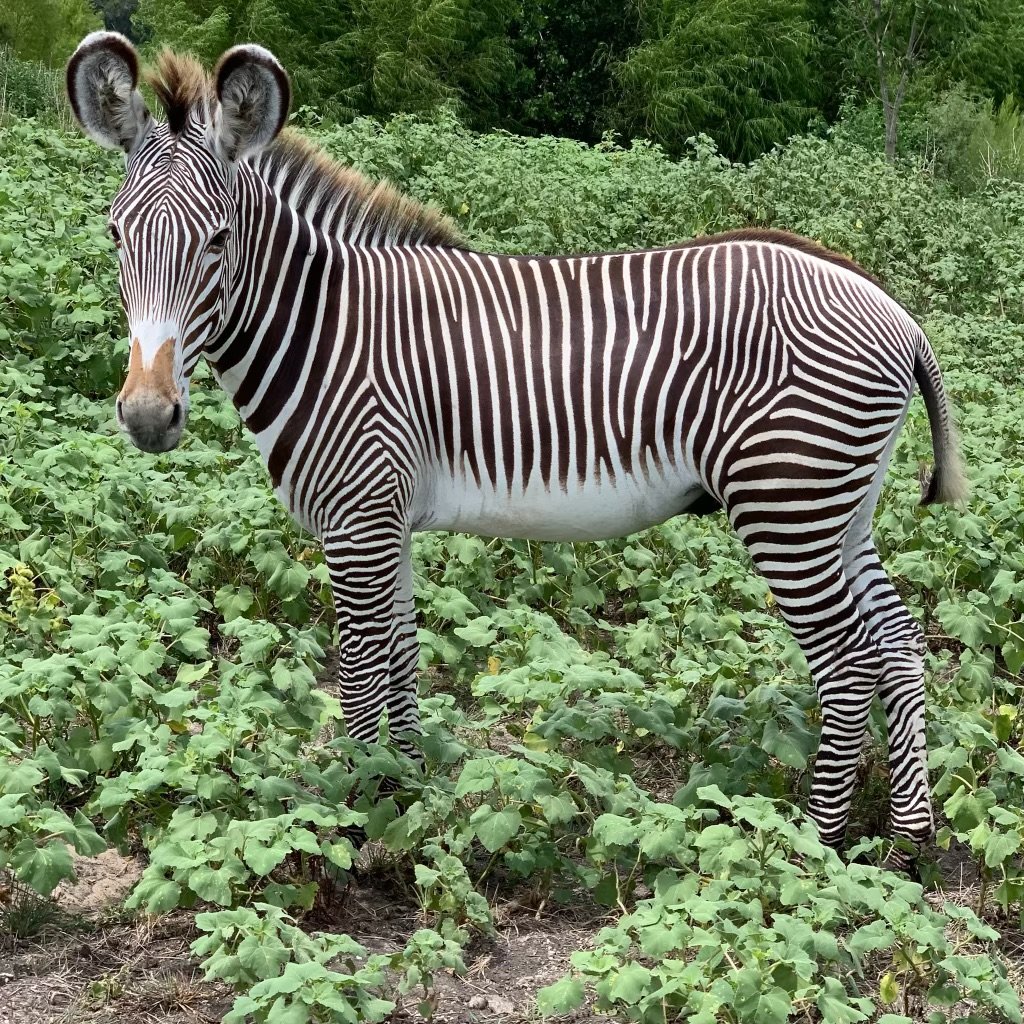
Grévy's Zebra
The Crown Jewel of our Ranch.
Grévy's Zebras are the largest of the 3 types of Zebras—and are actually the largest of all wild Equids. Often called the Imperial Zebra, they are endangered in the wild. It’s an honor to be able to provide a safe environment to preserve and breed them for future generations to see.
Grévy’s have thinner stripes, larger ears, and more erect manes than Plains Zebras.
It is estimated that less than 2500 remain in the Wild.
-
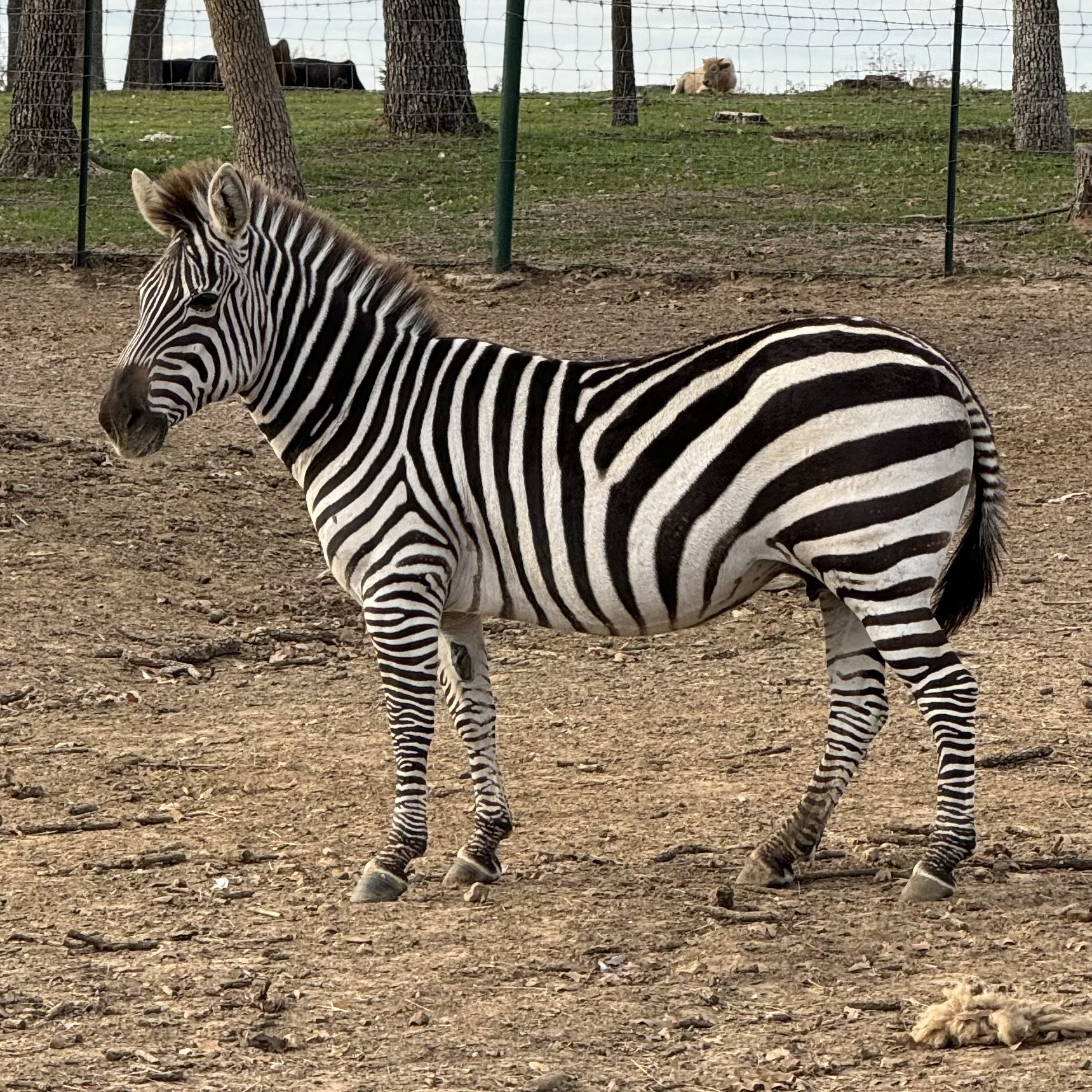
Plains Zebra
The Plains Zebra is the most common type of Zebra. We have over 30 on our ranch! They are smaller and have wider stripes than the Grévy’s. They have a typical lifespan of 25 years and there are approximately 500,000 left in the wild.
-
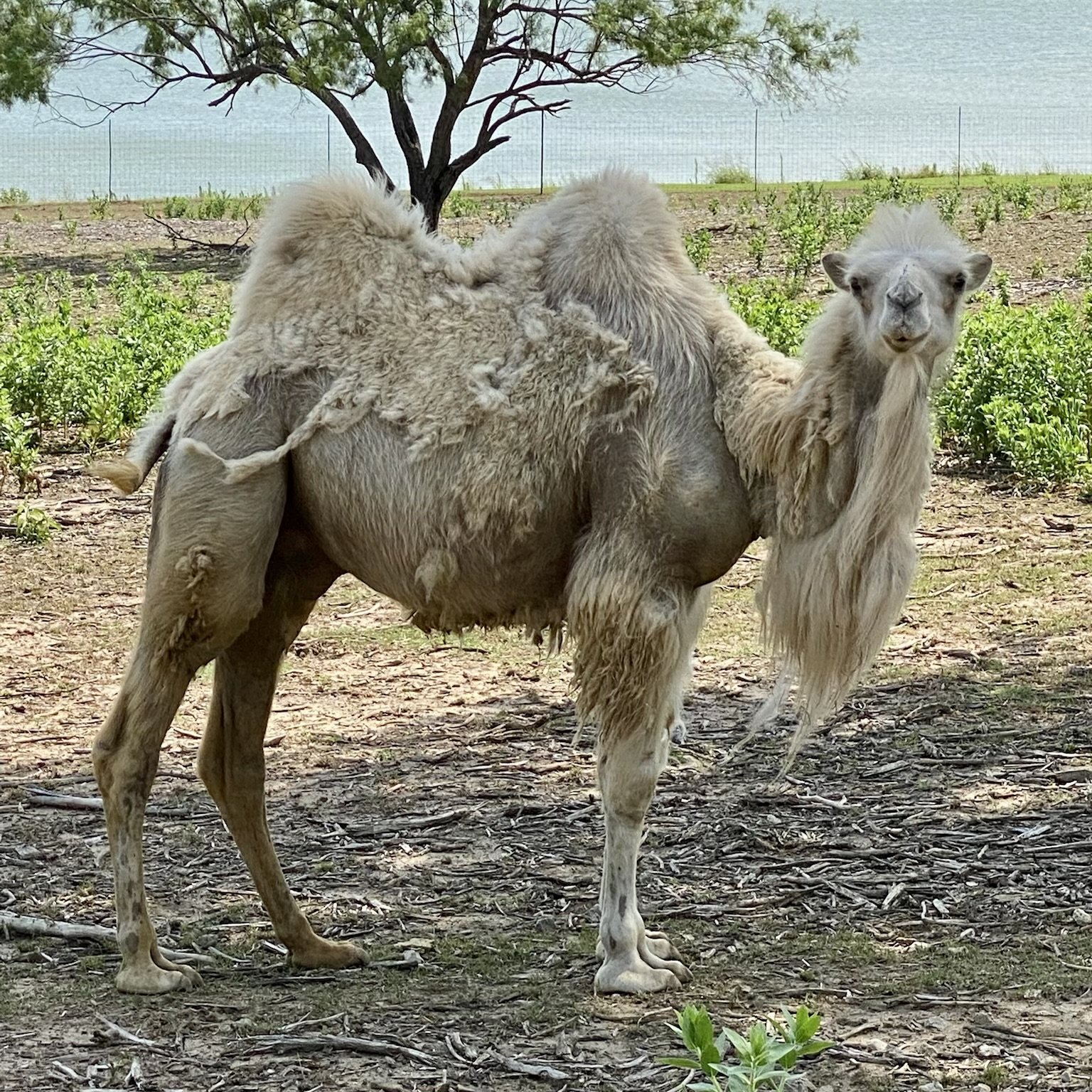
Bactrian Camel
I’m a bit biased—our Bactrian Camels may be my favorite animal on the Ranch.
With a shape and attitude that often feels straight out of a Disney movie, they’re easy to love.
The Bactrian camel is distinct from the third type of camel—the wild Bactrian—which is the only of the 3 camel species to still exist in the wild.
Female Bactrians can weigh as much as 2,200 lbs and they have a heavy winter coat that they shed each spring.
-
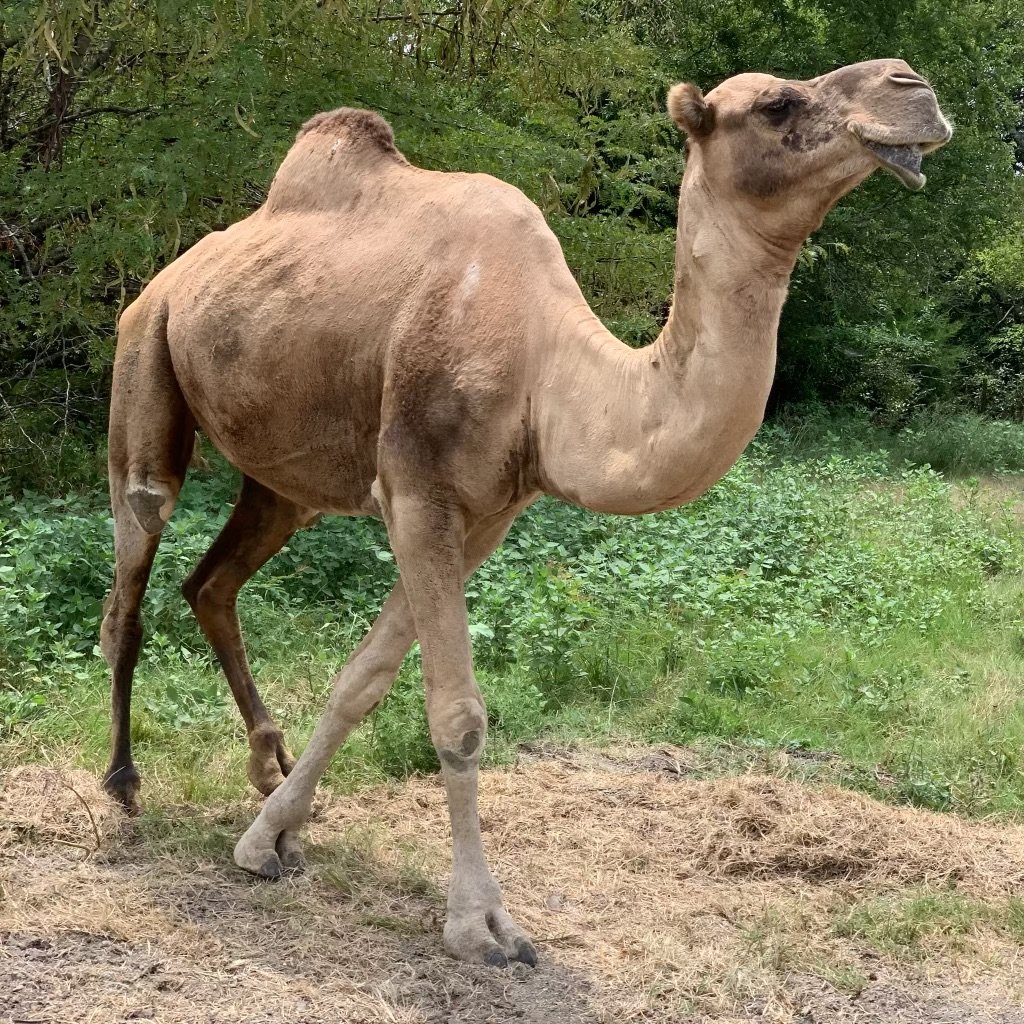
Dromedary Camel
The Dromedary, or ‘Single Hump’ Camels, are the tallest of the 3 camel species. Adult males can reach nearly 12 feet in height!
There is a common misconception that their humps are where they store their water—which is not true. The humps are actually made of fat and fibrous tissue.
Dromedary’s have not existed in the wild for almost 2,000 years, but domesticated camels can be found around the world. They are sometimes used for their milk or riding.
-
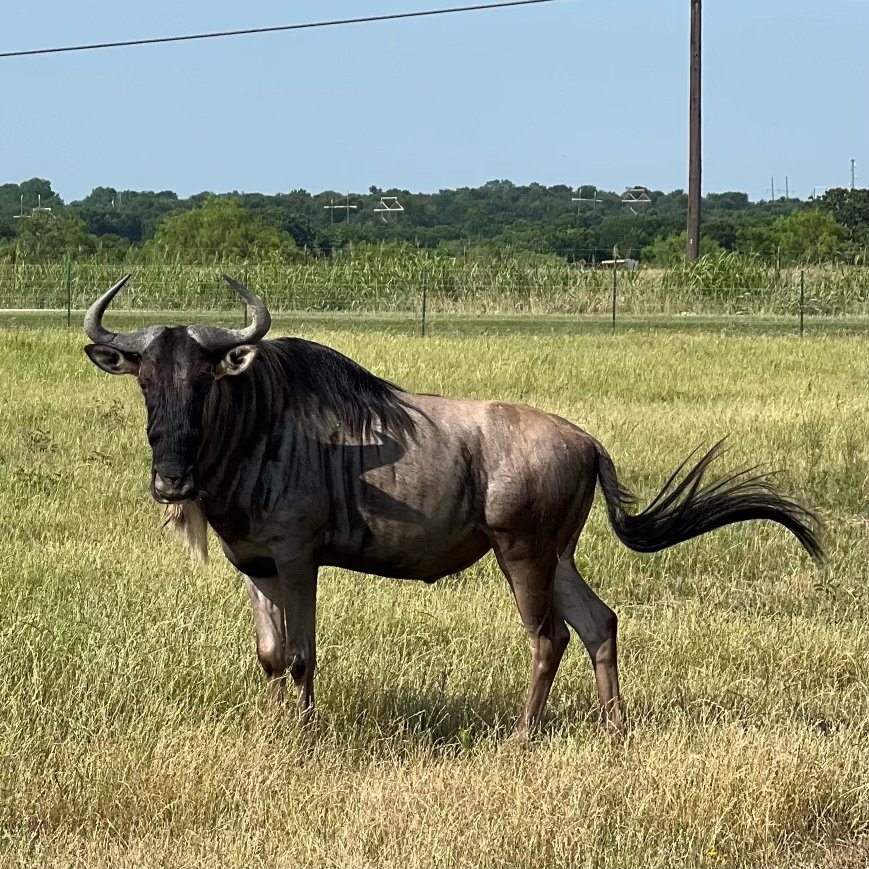
Wildebeest
Wildebeest originates from the Dutch translation of ‘wild beast’ or ‘wild cattle.’ They are the most prevalent big-game species in parts of Africa. All of our Wildebeest are technically Blue Wildebeest, but another species, called Black Wildebeest, does exist.
-
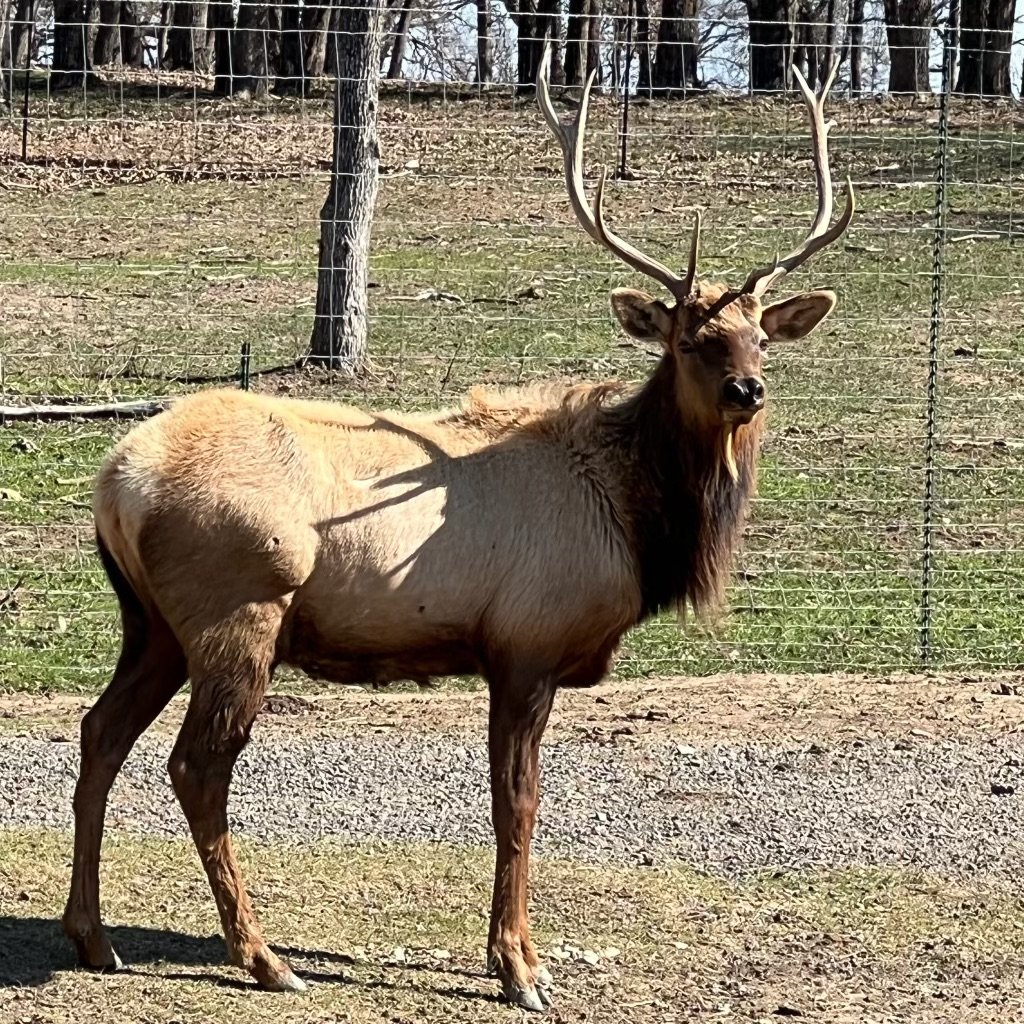
Elk
Elk are one of the largest species of deer, and the males shed their large antlers every years. During their mating season or ‘rut,’ they can often be heard bugling—a type of vocalizing, which we’ve posted videos of on our Social Media.
In the wild, Elk have proven to be so highly adaptable to the areas they’ve been introduced into that they can ‘take over’ and threaten native species.
-
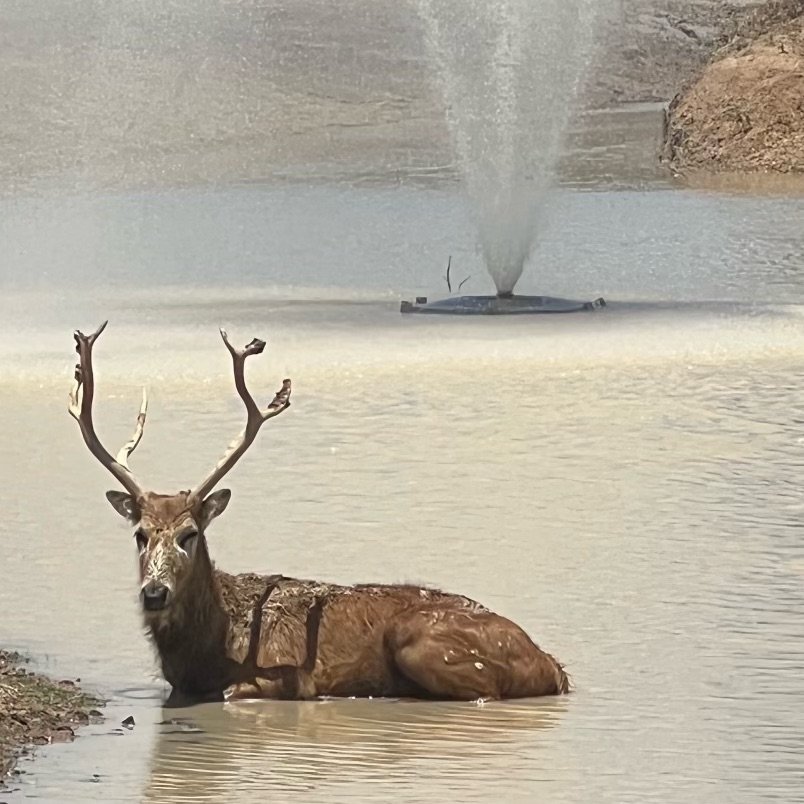
Pére David's Deer
Pére David's are actually native to areas of China, and their very existence has a remarkable story!
They were hunted to near extinction by the late 1800s. A few were taken to French and German zoos, where they were succesfully bred. In the early 1900s British nobleman Herbrand Russell obtained a few from the Berlin zoo and eventually built up a large herd. In the 1980s, his grandson donated a few dozen Pére David's to China. The population has now grown to over 2800 wild Pére David's—all descendants from Herbrand Russell’s herd!
-
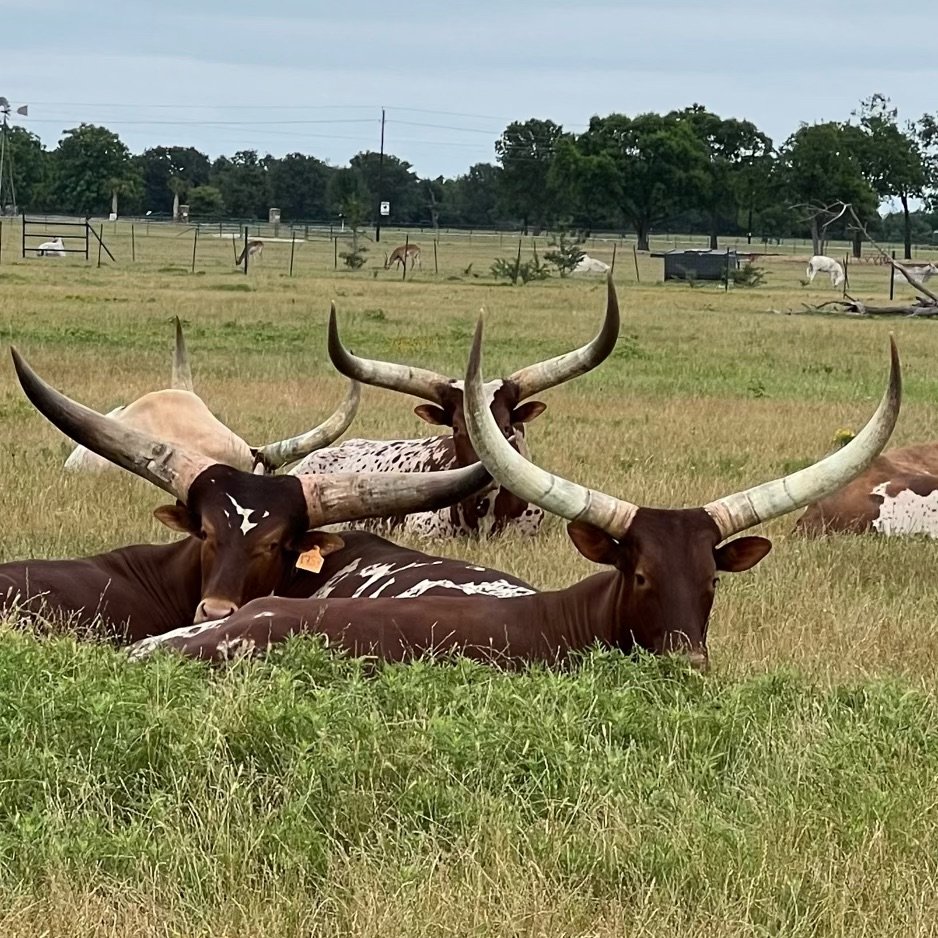
Watusi
Don’t be mistaken—these aren’t Longhorns! Watusi first arrived to the United States in the mid-late 1900s and today around 1500 Watusi exist worldwide.